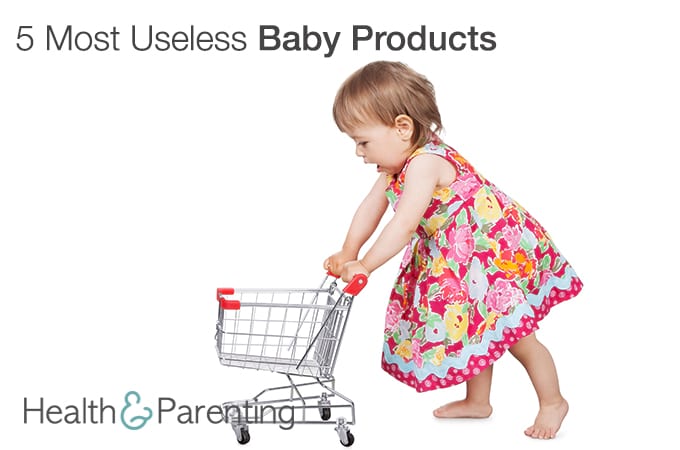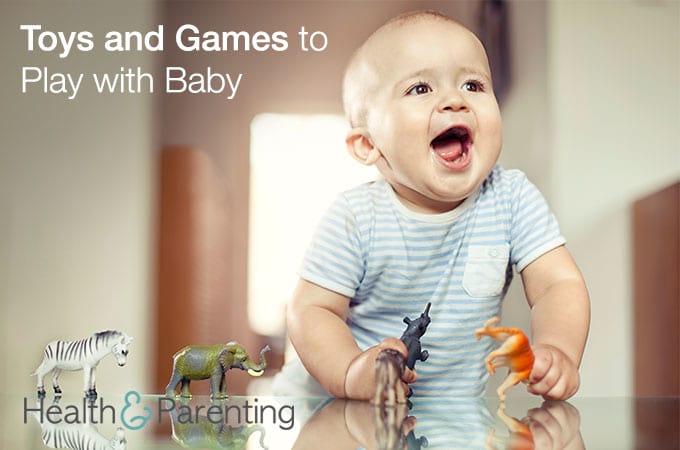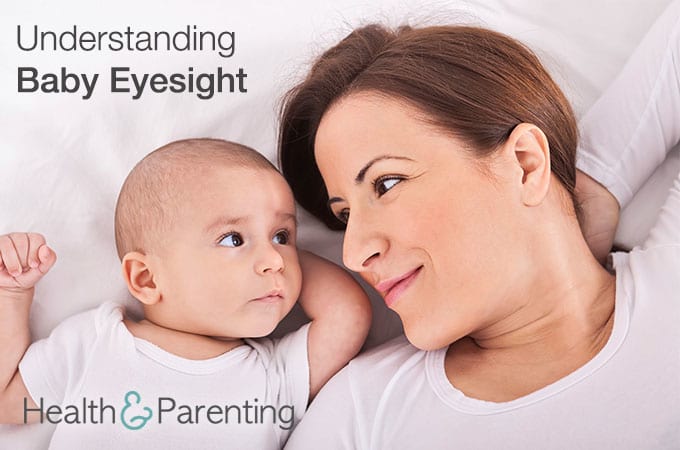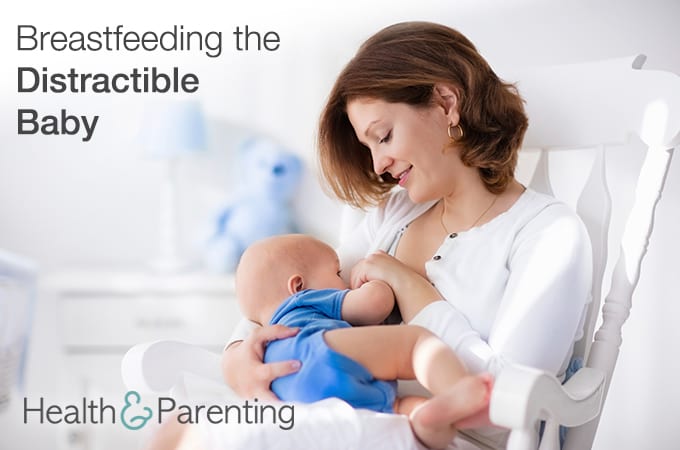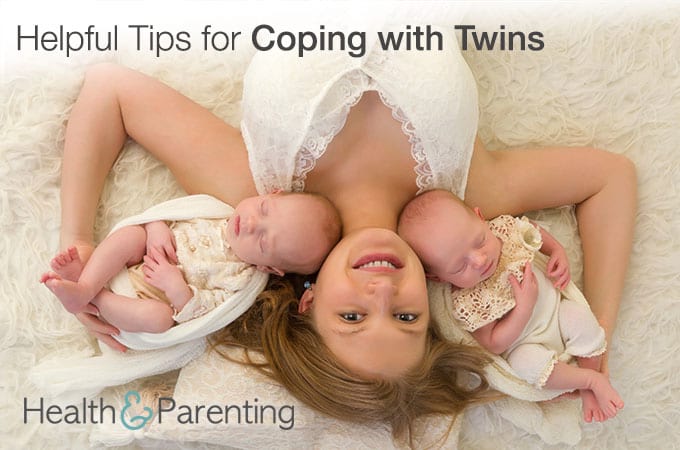You’ve probably already noticed that there is no shortage of weird and wonderful products on the baby market. There are so many companies competing for your hard-earned money, it’s easy to get swept up in it all. Any parent will be able to list at least a few baby products they had that turned out to be a complete waste of money. Here are just five examples:
- Top and tail bowl
The very concept of the top and tail bowl is based on the idea that your baby’s butt is so filthy, it would immediately poison your poor baby’s face. Now, obviously you shouldn’t use your baby’s butt to clean your baby’s face, but aside from that, your baby will probably be fine in a normal baby bath. If you have a top and tail bowl, the chances are it was only ever used one and then resigned to the pile of useless baby products building up in your garage.
- Baby shoes
Babies can’t walk, but that doesn’t seem to stop the hundreds of companies out there making tiny shoes for baby feet. They’re adorable, of course, in fact, they can cause serious injuries to the ovaries of broody women, but aside from this, they have little purpose. Your baby spends most of the day sleeping and all of the day not walking, so his need for shoes is actually minimal. It can’t be very comfortable trying to nap with your shoes on, can it? And yet, it’s a baby purchase that’s pretty hard to resist, after all, they’re just so tiny.
- Wipe warmer
Your baby’s butt is arguably the most precious (and adorable) thing in the world right now, it’s true. But, is it really so precious that room temperature baby wipes are not acceptable? Baby wipes are used to wipe poop off your baby’s skin, does it really matter whether the wipe is at a warm temperature or not? Surely getting rid of the poop is the most important thing here? By all means, buy a wipe warmer, but know that you are being overly protective of your baby’s butt each time you use it.
- Changing mat cover
You don’t want your newborn baby to get cold on the plastic mat and so you invest in a fancy cover for your changing mat. It’s hand-embroidered, very pretty and comes with a tiny pillow to rest his head on. It’s beautiful, but it’s also completely pointless. Your baby will still spend every change on the cold plastic mat because that fancy cover you bought will be in the wash again, along with the pillow. On the few occasions, they’re not in the wash, your baby will immediately pee all over them and you’ll have to put them straight back in the wash again.
- Designer clothes
Oh, baby clothes can be so adorable. It can be hard to resist buying another tiny outfit for your baby, especially when you see a designer one you love. Be warned, though, your baby won’t care whether the clothes she wears were expensive or not. She’s still going to vomit on them, sneeze on them and do an explosive poop in them. She doesn’t care about the price tag, she’s a bodily fluid spraying machine. Better to save your money.
What baby products have you found to be completely useless?
Written by Fiona (@Fiona_Peacock), mother, writer and lover of all things baby related.
This information is not intended to replace the advice of a trained medical doctor. Health & Parenting Ltd disclaims any liability for the decisions you make based on this information, which is provided to you on a general information basis only and not as a substitute for personalized medical advice. All contents copyright © Health & Parenting Ltd 2016. All rights reserved.

